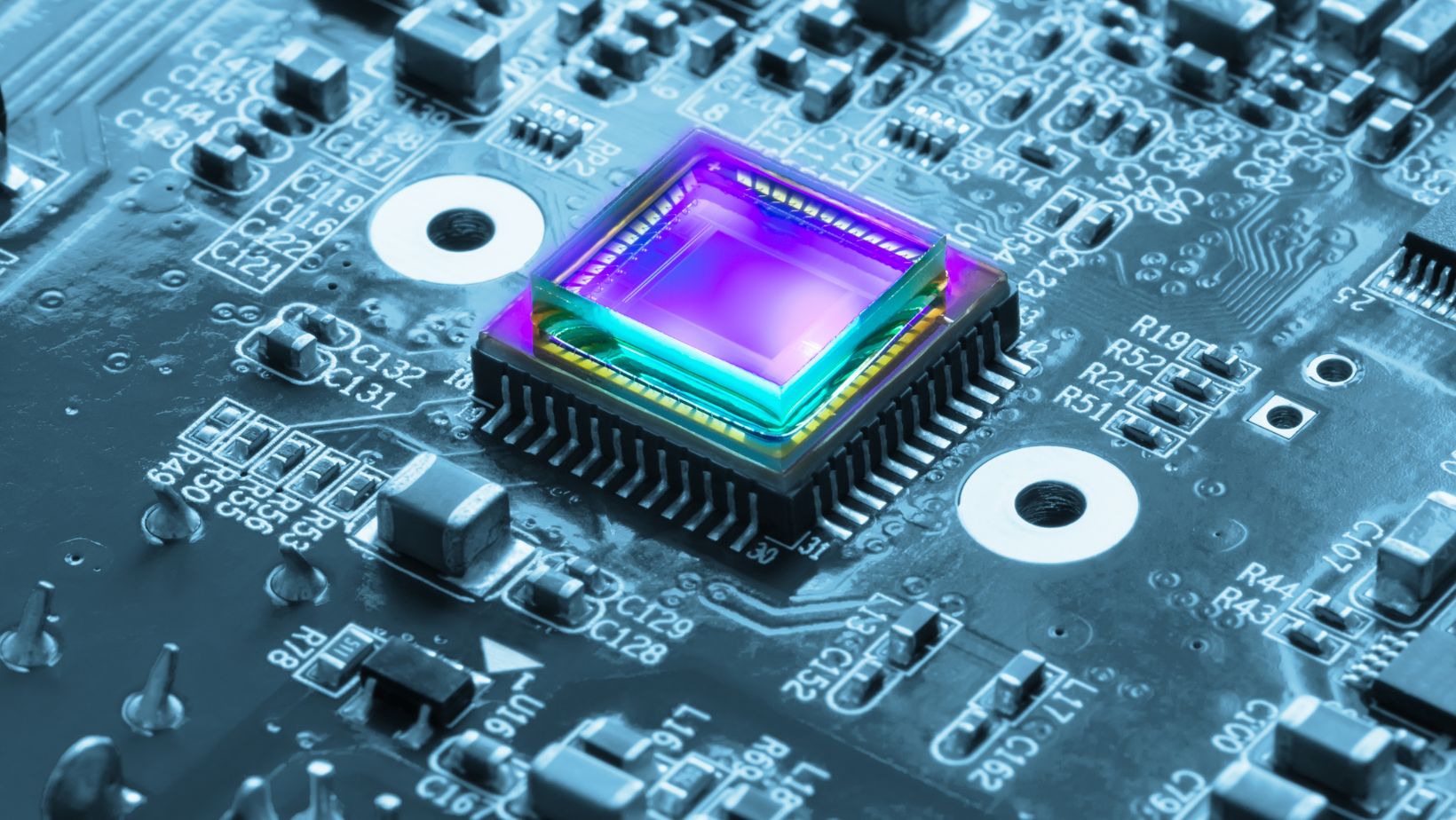Infrared sensor technology has revolutionized various industries with its ability to detect and measure heat radiation. These sensors play a crucial role in applications ranging from security systems to medical devices. With the capability to sense thermal energy emitted by objects, infrared sensors have become indispensable in modern technology.
The advancements in infrared sensor technology have led to the development of more accurate and efficient sensors that are used in diverse fields such as automotive, aerospace, and consumer electronics. By detecting infrared radiation, these sensors enable precise temperature measurements and motion detection, making them essential in enhancing safety and convenience in everyday life. In the automotive industry, improved sensor technology is also playing a key role in reducing cost of vehicle ownership by enhancing diagnostics and preventing costly repairs. Stay tuned to explore the fascinating world of infrared sensor technology and its wide-ranging applications.
Infrared Sensor Technology
Infrared sensor technology plays a crucial role in detecting and measuring heat radiation in various industries. This technology allows for the identification of objects based on their thermal energy emissions.
Passive Infrared Sensors
- Detects infrared radiation emitted by objects in their field of view.
- Commonly used in motion detection applications like security systems and automatic lighting.
- Emit infrared radiation and analyze the reflection or interruption of the emitted signal.
- Widely utilized in applications such as distance measurement and object detection in industrial settings.
Applications of Infrared Sensor Technology
Security Systems
- Infrared sensor technology plays a vital role in security systems.
- Passive Infrared Sensors (PIR) are commonly utilized for motion detection in security setups.
- They detect heat emitted by humans or animals, triggering alarms or activating lights.
- These sensors are integral in enhancing the safety and security of residential and commercial properties.
- They provide reliable monitoring and quick response to potential threats.
Energy Conservation
- Infrared sensor technology contributes to energy conservation efforts.
- By detecting human presence, sensors can control lighting and heating systems efficiently.
- This leads to reduced energy consumption and cost savings.
- Automated adjustments based on occupancy levels help create a more sustainable environment.
- Energy-efficient practices driven by these sensors benefit both businesses and the environment.
- In the medical field, infrared sensor technology plays a critical role in various equipment.
- Infrared sensors are used in thermometers for non-contact temperature measurement.
- They enable quick and accurate readings without physical contact.
- These sensors are also integrated into monitoring devices for patient safety.
- Their precise detection capabilities assist healthcare professionals in delivering optimal care.
| Security Systems | Motion detection, enhanced safety |
| Energy Conservation | Reduced energy consumption, cost savings |
| Medical Equipment | Non-contact temperature measurement, patient safety |
Advantages and Limitations
Advantages of Infrared Sensors
- Versatility: Infrared sensors can be used in various applications such as temperature sensing, motion detection, and gas analysis.
- Accuracy: They provide precise and reliable data, making them valuable in critical operations.
- Durability: Known for their robustness, they require minimal maintenance and have a long lifespan.
- Non-intrusive: They operate without physical contact, reducing the risk of contamination in sensitive environments.
- Limited Range: Infrared sensors are effective only within a certain range, which may restrict their applications in large areas.
- Interference: Environmental factors like smoke, dust, or extreme temperatures can affect sensor accuracy.
- Complexity: Calibration and setup of these sensors may be challenging for untrained users.
- Cost: Depending on the features and precision required, high-quality infrared sensors can be expensive.
| Versatility | Infrared sensors can be used in various applications such as temperature sensing, motion detection, and gas analysis. |
| Accuracy | They provide precise and reliable data, making them valuable in critical operations. |
| Durability | Known for their robustness, they require minimal maintenance and have a long lifespan. |
| Non-intrusive | They operate without physical contact, reducing the risk of contamination in sensitive environments. |
| Limited Range | Infrared sensors are effective only within a certain range, which may restrict their applications in large areas. |
| Interference | Environmental factors like smoke, dust, or extreme temperatures can affect sensor accuracy. |
| Complexity | Calibration and setup of these sensors may be challenging for untrained users. |
| Cost | Depending on the features and precision required, high-quality infrared sensors can be expensive. |
Future Developments in Infrared Sensor Technology
- Miniaturization: Future advancements aim to make infrared sensor technology smaller, allowing for integration into portable devices and wearables.
- Enhanced Sensitivity: Researchers are working to improve the sensitivity of infrared sensors to detect even the slightest changes in infrared radiation, expanding their applications in various industries.
- Integration with AI: The integration of infrared sensor technology with artificial intelligence will enable more sophisticated data analysis and pattern recognition, enhancing the sensor’s capabilities.
- Increased Range: Efforts are underway to extend the detection range of infrared sensors, making them more suitable for long-range applications such as surveillance and perimeter security.
| Data | Statistics |
| Research focus areas | Miniaturization, Enhanced Sensitivity, Integration with AI, Increased Range |
| Potential benefits | Smaller sensors, Improved detection, Advanced data analysis, Extended range capabilities |



